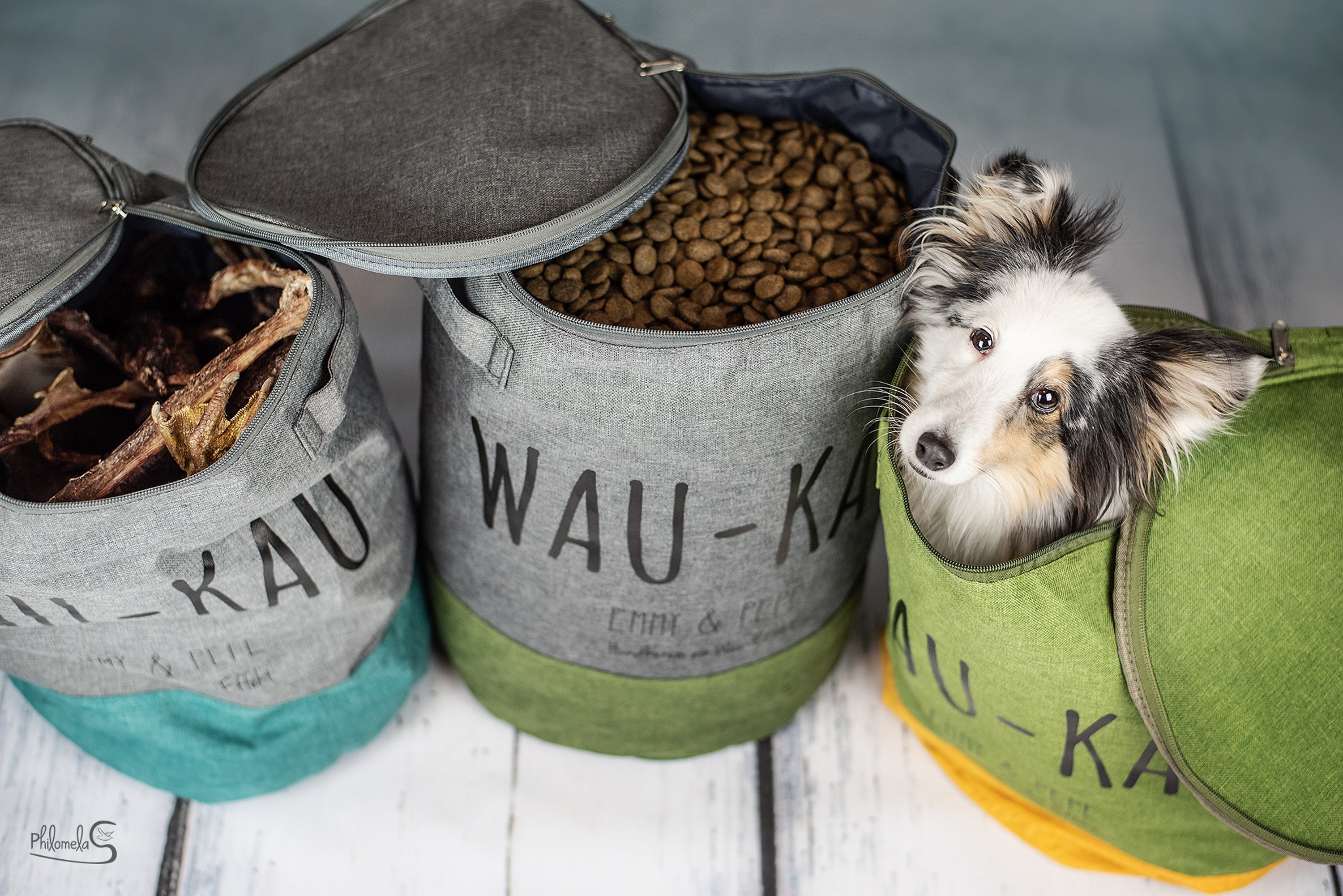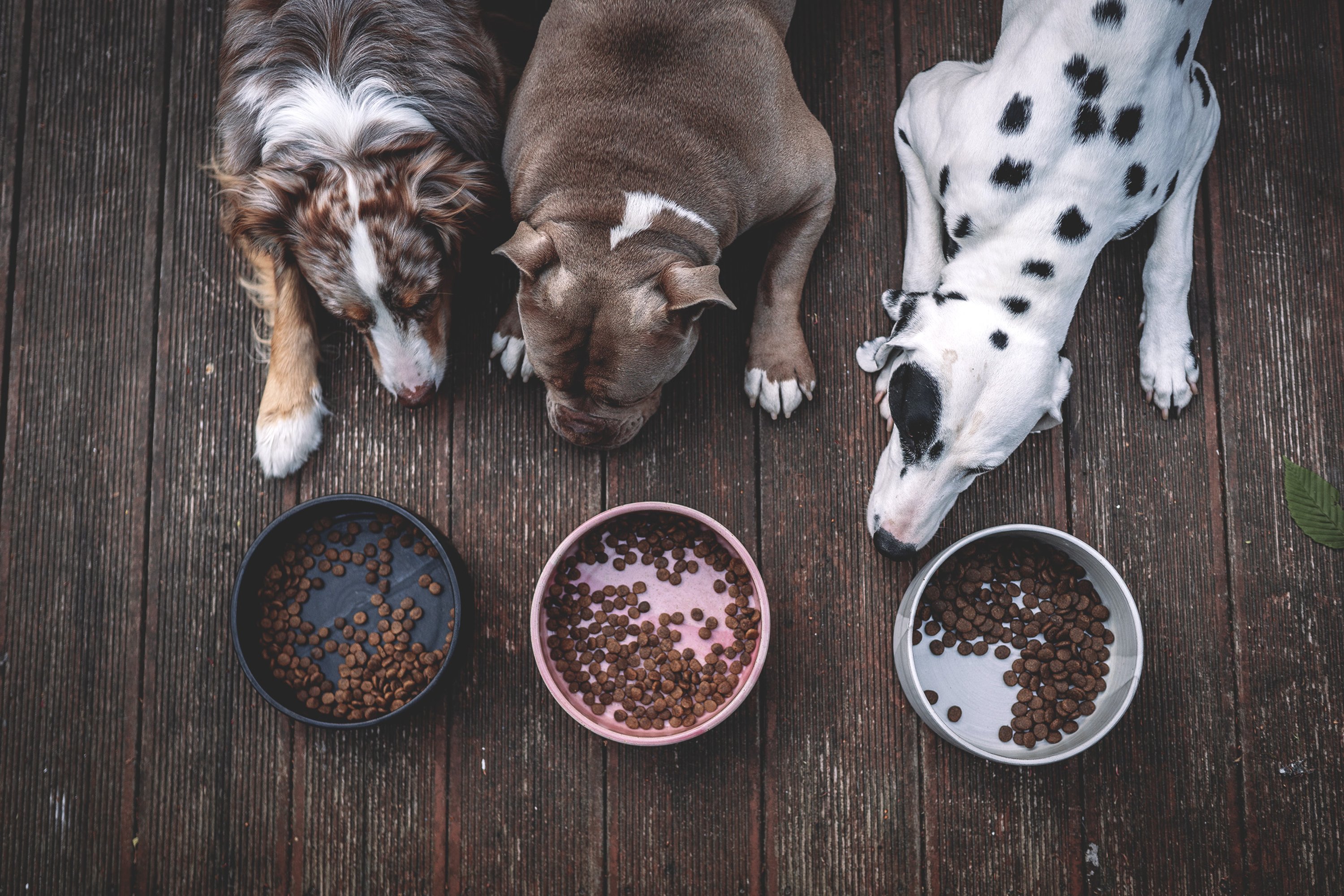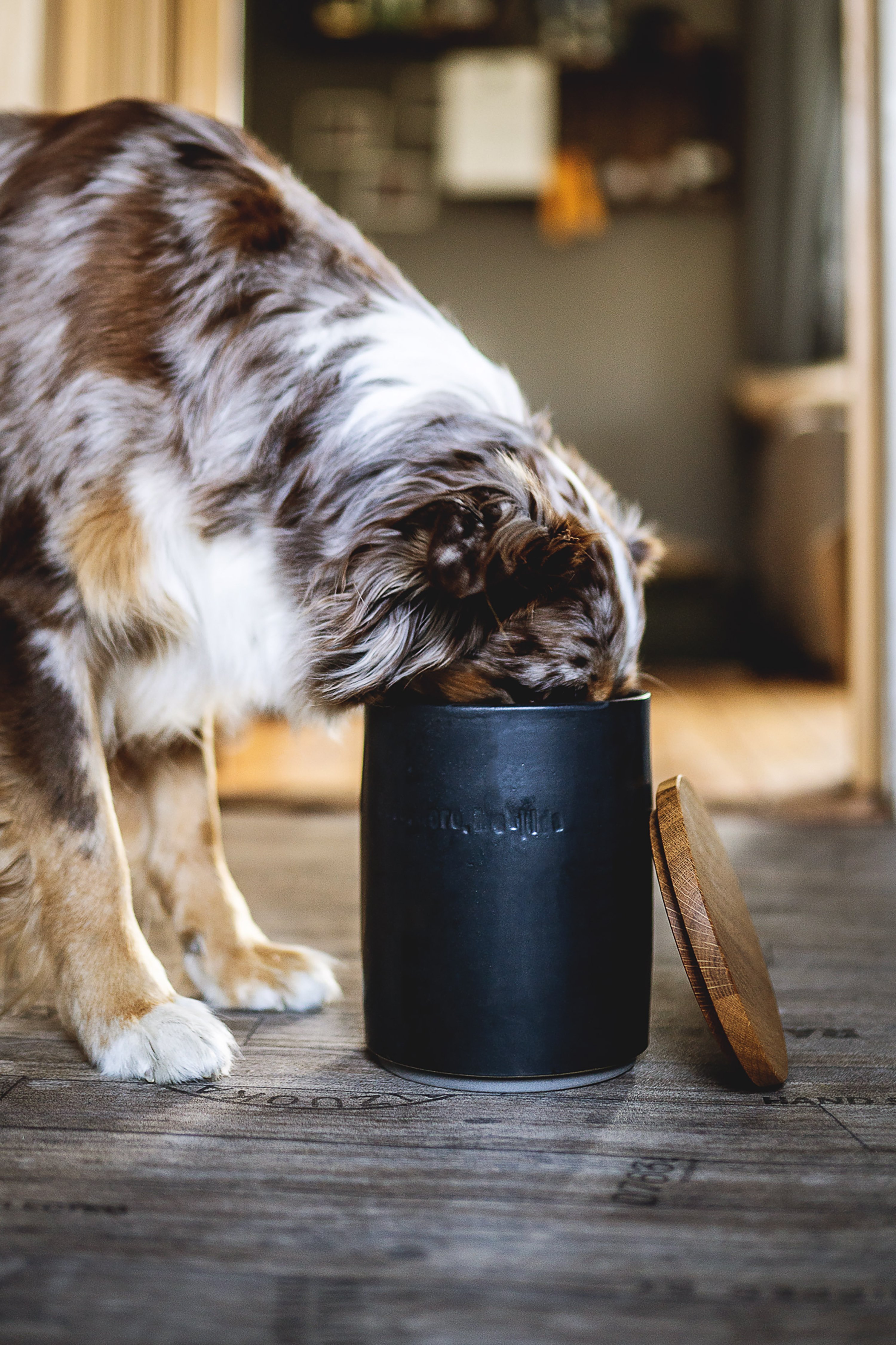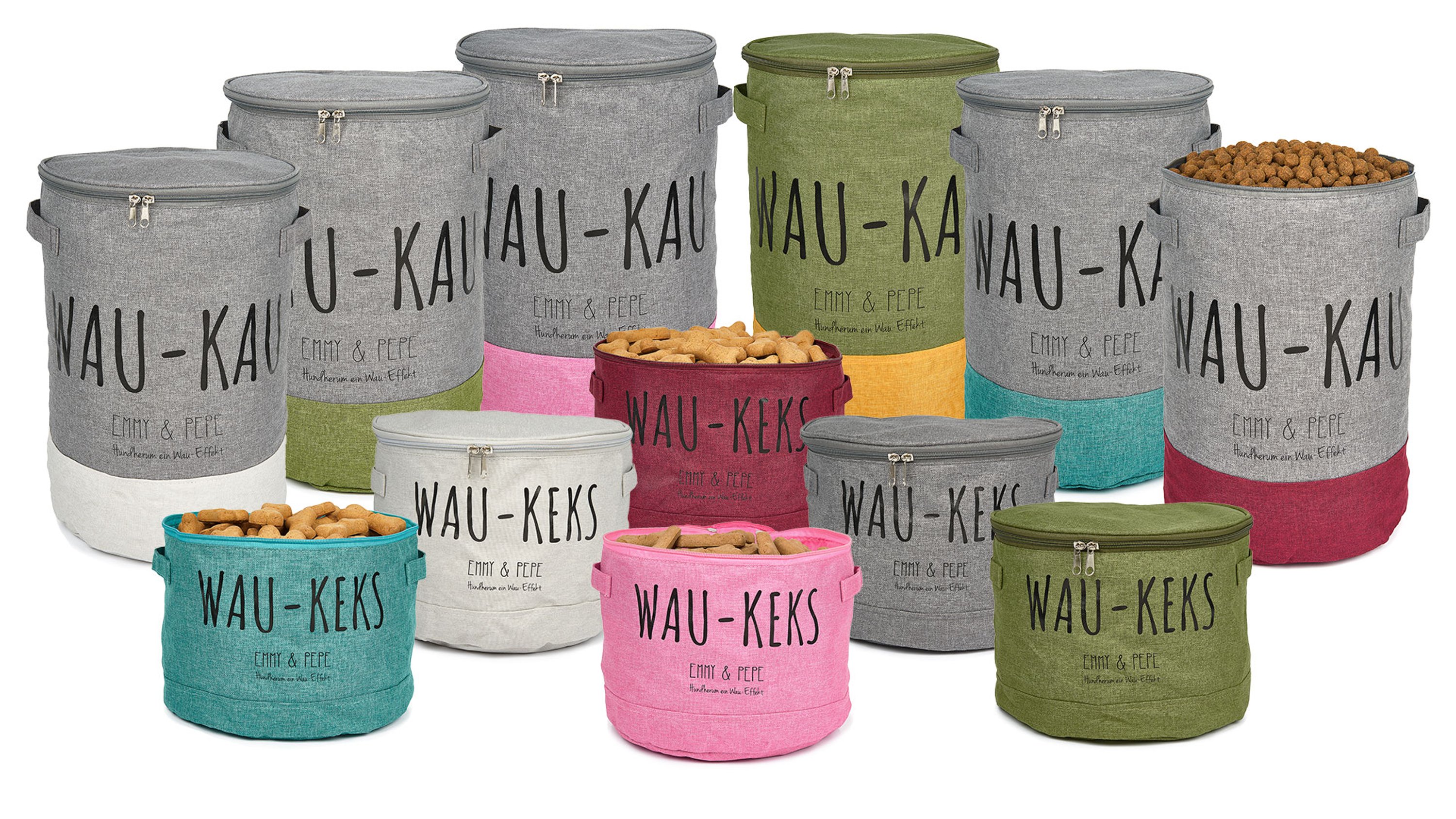Content and Claims
Welche Info's stehen auf der Verpackung?
We can find a lot of information on feed packaging, but do we need to read it in full?
The so-called "contents and claims" are labels or descriptions and claims of the contents. There are legal regulations and certain requirements that feed companies in the EU must comply with. However, the content is not always exactly comprehensible for us consumers, depending on the type of declaration.
I would like to give you a rough insight into the labeling of feeds and consequent ingredients.
Types of declarations:
Transparently shows the exact ingredients and distribution in percentages.
Example: 87% chicken (consisting of muscle meat) 20% offal (10% liver, 5% heart, 5% lung), 6% carrot, 1% linseed oil, 1% herbs (0.5% dandelion, 0.5% parsley), 1% pea
➔ The quality and quantity distribution of the ingredients are transparently traceable. Especially for allergy sufferers or animals with digestive problems, the knowledge about the components is very important.
The quantity of each ingredient decreases in descending order. Percentages are almost not given at all, or once to emphasize a component.
Ingredients are declared without percentages in feed groups.
Example: Meat (min. 4% chicken) and animal by-products, cereals and vegetable by-products, oil ...
➔ No judgment can be made about the quality of the ingredients and the exact distribution of the ingredients. The analytical constituents can provide partial information.
Mandatory declarations of the manufacturers
Complete feed / Supplementary feed
- Complete feeds cover the needs of a dog when fed exclusively.
- Supplementary feeds must be composed as a ration and supplemented with further nutrients so that requirements are met. The exclusive administration of a supplementary feed is insufficient.
Are details of the species, age class and weight class.
Are lists of ingredients of the components of the feed. In the case of dry food, be careful whether the manufacturer indicates the fresh weight. This significantly changes the ratio of meat to carbohydrates, because after production liquid is lost.
In order to compare feed with each other, the ingredients such as crude protein, crude fat, crude ash and crude fiber must be considered.
Contact details, address and name of the seller (It does not have to be the manufacturer.), best before date, additives per kg.



